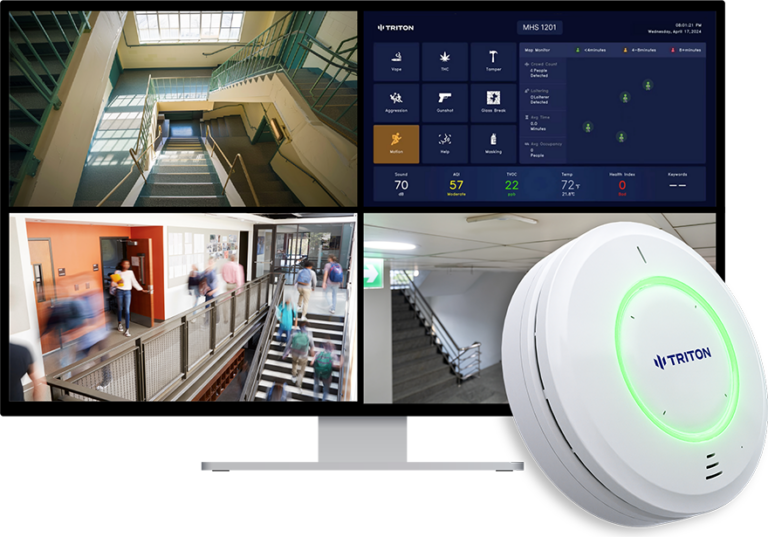Vaping used to be a major issue in schools. Students would sneak into bathrooms during classes, where flavored nicotine and THC vapors left no trace. Teachers and administrators were in a state of despair until districts turned to a vape detection system.
Schools across the country are reporting major success stories, demonstrating just how transformative technology can be in fighting the vaping epidemic.
A Case Study: Cutting the amount of vaping by 83% over 10 Weeks
Luling Independent School District confronted an extremely serious problem with vaping. Despite numerous warnings and more strict guidelines, students continued to vape in bathrooms and locker rooms. Smoke alarms of the past were ineffective against vapor, and staff couldn’t be everywhere at once.

The district conducted tests on a variety of vape detectors in March. The results were astounding. Within five weeks, instances of vaping had decreased noticeably. In the last the ten-week period, vaping declined by 83%..
Administrators were able to see the results beyond figures. Teachers reported less disruptions and students were aware that smoking cigarettes wouldn’t go unnoticed.
Similar Achievements at Match Charter Schools
Match Charter Schools also has an impressive example. Middle and high school students were using vapes during the time. When they put up a set of smoke detectors to detect vape in August, their impact was instantaneous.
By December just four months after, the administration reported a 80% decrease in daily vaping incidents. Parents applauded their school for taking concrete measures to ensure the safety of children. Teachers also noticed that there was a reduction in hallways with loiterers, and the crowded bathrooms.
The two districts above represent a trend that is growing Schools that implement vape detection are reporting tangible improvements in their behaviour and overall security.
What makes vape detectors so Effective?
This technology is at the heart of these results. Modern vape detectors are more than simply detect vapor. They also monitor the quality of the air and levels of occupancy and send staff real-time alerts. This means that administrators don’t need to rely on guesswork or reports based on a post-factual analysis.
Detectors have also been designed to ensure privacy. No cameras. No audio recording. Just accurate, instant data that allows schools to act swiftly without violating the rights of the student.
The combination of efficiency and adherence makes vape detection one of the most useful safety tools schools can adopt in the present.
Beyond Vaping: A Wider Safety Net
The thing that many administrators don’t realize is detectors aren’t only for vaping prevention. Advanced systems can detect loud noises keywords, triggers tied to emergencies, and even vandalism attempts.
The detector will alert staff if, for example, students begin loitering around the restroom. Staff will be alerted in the event that someone shouts “help” or another distress word. This way, vape detection devices for schools form part of a comprehensive safety strategy that addresses potential health risks and potential violence.
Parents and Boards Help Support Vape Detectors
A benefit that is often overlooked is the trust that results from transparency. Schools using detectors can produce reports that clearly show patterns in vaping. These reports are then distributed to parents as well as school boards as well as the community to prove that actionable steps were taken.
Parents particularly respond positively to measurable outcomes. A vape smoke detector isn’t just catching students it’s protecting their health and reinforcing the message that vaping has no place in schools.
What should you learn: A proven path forward
The battle against smoking cigarettes felt invisible to schoolchildren for a long time. Studies from across the nation show that this is not true. With a vape detector, administrators can identify incidents immediately to deter risky behavior and create safer environments for students.
The epidemic of vaping isn’t quite over but there’s an improvement. Vape detection technology doesn’t just serve as an answer to an issue, it’s a way for schools to lead the way in better health for their students.
Conclusion
Technology is working in schools all over the country, from Texas from Texas to Massachusetts. A modern vape detector does more than sound an alarm. It alters the way people behave and builds trust. It can provide a lasting solution to one of the biggest student health challenges. Vape detectors in schools are not an experiment for any school district that cares about the safety of students. They’re now a standard.
